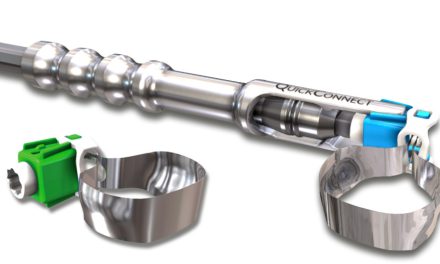Emeritus Professor Laurence J. Walsh AO
Dental Protection will be hosting their inaugural Spotlight on Risk virtual conference on 27 May 2023 which will feature presentations from top leaders in their field. Emeritus Professor Laurence J. Walsh AO will discuss how AI systems can be a positive for clinicians working in dentistry, while exploring the major challenges around AI, including the quality of the evidence, expectations from patients and regulators, and the impact on the working life of the clinician. The following article is preview of what will be covered by Laurence during his presentation this month.
Artificial intelligence is hardware and software that performs tasks that normally require human intelligence. It is a disruption that has arisen from the overlap of several areas of technology, especially the Internet of things (big data), enhanced computational power and machine learning, and better algorithms.
Earlier in 2023 the US Food and Drug Administration gave clearance to the first AI powered dental radiological detection software, and for dental AI automated charting. There is increasing interest in AI systems that check clinical images or dental radiographs for features (caries, defects around restorations, endodontic pathology, etc). Periodontal AI classifies cases, and identifies bone loss, while endodontic AI searches for vertical root fractures and apical lesions, while orthodontic AI classifies cases, finds landmarks and predicts treatment outcomes. AI in oral medicine tracks oral premalignant lesions, while AI systems allow robotic devices to place dental implants or drill teeth using lasers.
AI should be a positive thing for the clinician. It can reduce cognitive workload at any one moment in time, in the same way that automated systems in modern jet aircraft reduce the number of separate individual systems that the pilot has to monitor and control at any one time. This means one can concentrate more on the task at hand, hopefully leading to lower error rates and also less performance-related anxiety. AI can also be important for cross-checking, to make sure there are no missed steps.
Given those positives, what are the big challenges in AI in dentistry for the future? At the moment, no machine learning approach is able to model all the elements of human intuition because of complex pattern recognition processes that we apply.
The next issue is the notorious “garbage in, garbage out” problem. It doesn’t matter what form of AI machine learning, or block chain is being used, if you have poor quality data coming in, you’re going to have garbage coming out. Hence, datasets used to develop AI need to be free of bias and confounding factors.
The third major area is whether AI poses a challenge to the independence and autonomy of clinicians. Well designed AI systems will not disempower clinicians, but instead will enhance their work. The question is, will AI tools be an optional aid that clinicians can choose to help achieve quality outcomes, or will AI be a mandatory “must have”? How will the availability of AI change the tolerance of patients and regulators for mistakes, errors and misadventures? Will patients and regulators expect that AI will be used to check and verify decisions, to make sure that what dentistry we do is precise and accurate, that our diagnoses and prognoses are correct? These are important questions to ask because they determine whether AI will be, overall, an improvement to practice, rather than yet another form of micromanagement or interference or barrier in our professional lives.
The final area is what will AI do in terms of workload? It will certainly alter work flow and efficiencies. In some cases, it will reduce workload. How does that then translate to work/life balance and the inherent attractions and challenges of dentistry as a career? Fortunately, because of the complexity of dentistry and the need to deal with patients one on one, most who are anxious and apprehensive, no robot or AI suite of technology can provide the caring human touch or replace entirely what we do in clinical practice as dentists. We are very fortunate in that regard.
There are two very good publicly available recent reviews of AI in dentistry. These are a good introduction to the literature of over 100 papers on the topic. I recommend reading both if you want to read up further about the field.
The first is a 2023 narrative review which looks at some of the major directions that are emerging.
https://www.frontiersin.org/articles/10.3389/fdmed.2023.1085251/full
The second is a 2021 high-level systematic review.
https://downloads.hindawi.com/journals/bmri/2021/9751564.pdf
The Spotlight on Risk Dental Conference event is FREE to attend and open to all members and non-members If you would like to hear more from Lawrence and our other esteemed panel of speakers, please register HERE.
We hope to see you on 27 May.
The Dental Protection Team













